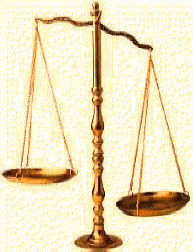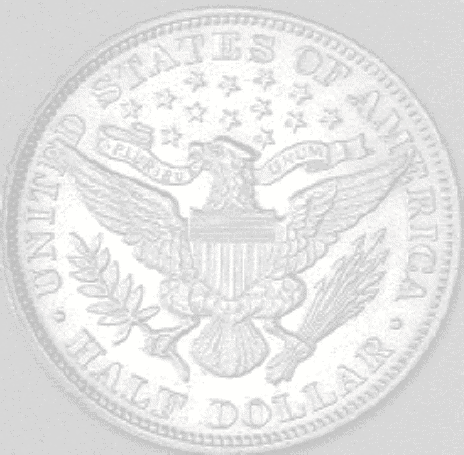
|
|
||
|
|
|
|
|
|
||

-41-
FOR BETTER OR WORSE:
The Right of Colonial Issue
In her book, The Money Creators, Gertrude Coogan states:
Our early history books strangely omit the facts that some years prior to 1773, the British Parliament had busied itself annulling the laws under which the American Colonies had exercised their fundamental right to create and issue their own money. Much is said about taxation without representation, but what underlies that phrase is omitted (Griffin, 168).
It is the assertion of
Mr. Griffin that the colonies went to war to retain their privilege
(Griffin, 168).
Although England was faced with the problem of
overproduction, she nevertheless placed exorbitant prices on the goods
she shipped to the Colonies. Since England demanded that payment be made
in gold or silver, the Colonies were drained of the specie they obtained
in trade with other countries (Griffin, 169). When England placed an
embargo upon trade forbidding the Colonists to trade with any other
nation, it became impossible for them to obtain the specie they needed
to trade for British goods. The result was that the Colonists were
forced to borrow at interest from the Bank of England (Griffin, 169).
The Colonial Boycott
The first Continental
Congress convened on September 5, 1774. One of its first actions was to
form an "Association of the various Colonies for the purpose of
boycotting British goods. England retaliated by forbidding trade with
her own Colonies” (Griffin, 169).
"In 1775, the Continental Congress authorized
their respective States to issue paper currency in defiance of Great
Britain” (Griffin, 170) and in defiance of God.
Continental Currency
Benjamin Franklin recoiled at the proposal. He urged that such bills bear interest to prevent "depreciation." His suggestion was rejected. When the second issue was proposed, he contended that Congress should borrow on the interest of the bills already authorized. This idea was also rejected. The third issue did bear interest, and Mr. Franklin urged that the interest be paid in "hard dollars." This too was rejected (White, 134).
In July 1775, it
was voted to issue 2,000,000 paper Spanish-milled "dollars" to be
covered by taxes in 4 years, beginning November 50, 1779. In January
1777, Congress, knowing full well it lacked authority to make the bills
legal tender recommended the states declare them legal tender (White,
134).
Before the 2,000,000 "dollars" was issued,
another million "dollars" was desired, and authorized, and before the
end of the year, 3,000,000 "dollars" more was sought. Then came a call
for 9,000,000 more "paper Spanish-milled dollars." Thus before
Independence was declared 15,000,000 "dollars" in paper was in
circulation. To distinguish them from colonial issues, they were called
”Continental" currency (White, 135). By 1779, the volume amounted to
242,000,000 "dollars," and they became an object of contempt.
